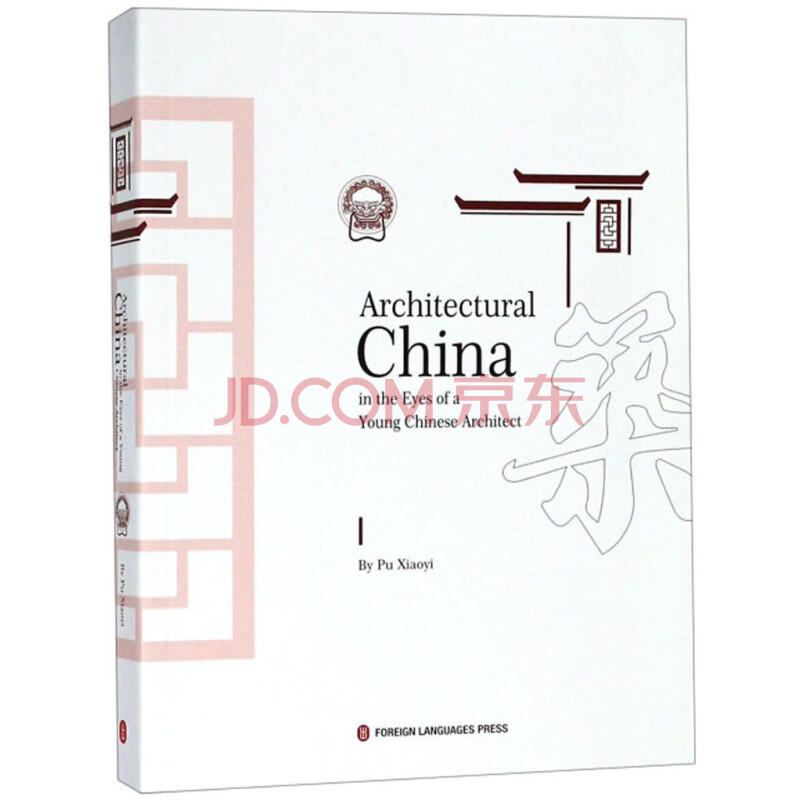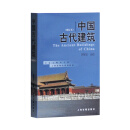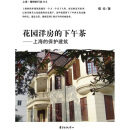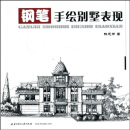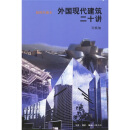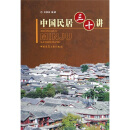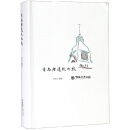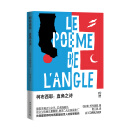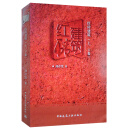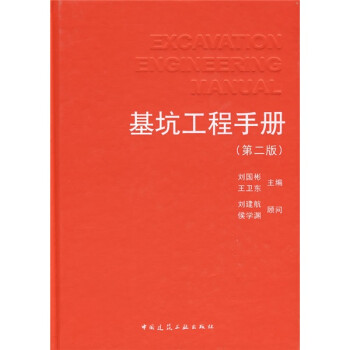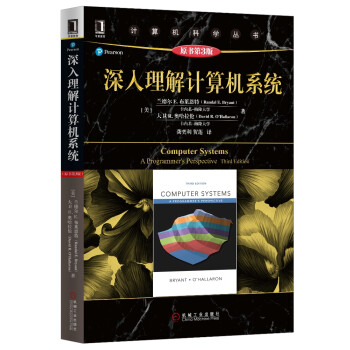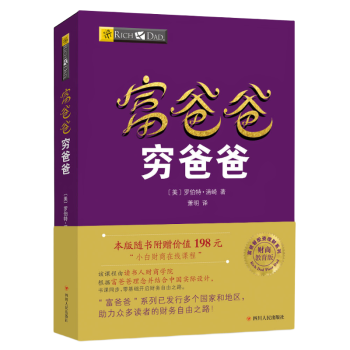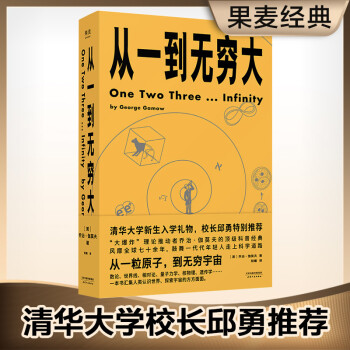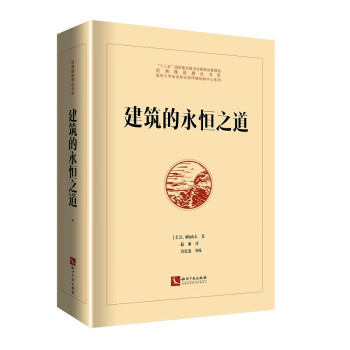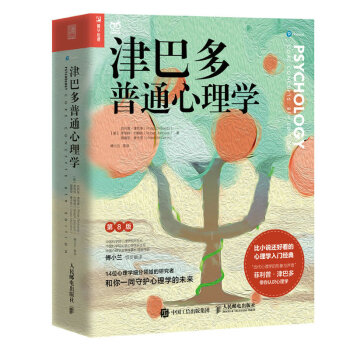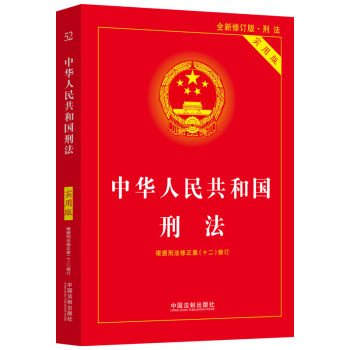内容简介
《建筑里的中国》是作者花费近一年的时间,实地踏访窑洞、土楼、苗寨、徽派民居、山西大院、北京四合院等中国传统民居后写成的。旨在寻根本土的建筑文化,从传统中寻找力量。书中描述了“苗寨依山而建,留出平地种稻粮;客家土楼生土板筑,外如城堡内家园;徽派民居的尊重自然山水大环境,黄土地上的靠山窑和地坑窑……”中国传统建筑的这些“场所精神”,作者都一一亲身观测体会。
目录
CHAPTER 1
Chinese Architecture: Three-Trait Coupling
The Origin of“Three-Trait Coupling”
The Material Trait of.Architecture
The Social Trait of Architecture
The Knowledge Trait of Architecture
The Architectural Significance of “‘Ihree-Trait Coupling”
CHAPTER 2
Philosophical Thinking on Natural Residence:
History of Cave Dwellings
Harmony between Human and Heaven: Natural Abode
Xun, Shadow Play and Cave Dwelling
Various Forms of the Traditional Cave Dwelling
The Construction and Decoration of Cave Dwellings
Inspiration from the Earth
Reform and Renewal of the Cave Dwelling
Dialogue between Louis Isadore Kahn and Lao Zi
CHAPTER 3
Ten Thousand Buildings Towering in a Misty Landscape:
Picturesque Scenery with Tulou Architecture
Tulous of the Hakkas
Following Nature and Adapting to Local Conditions
Architectural Wonders without Any Specific Architect
A Utopia with a Communal System
The Tulou in Modern Society

